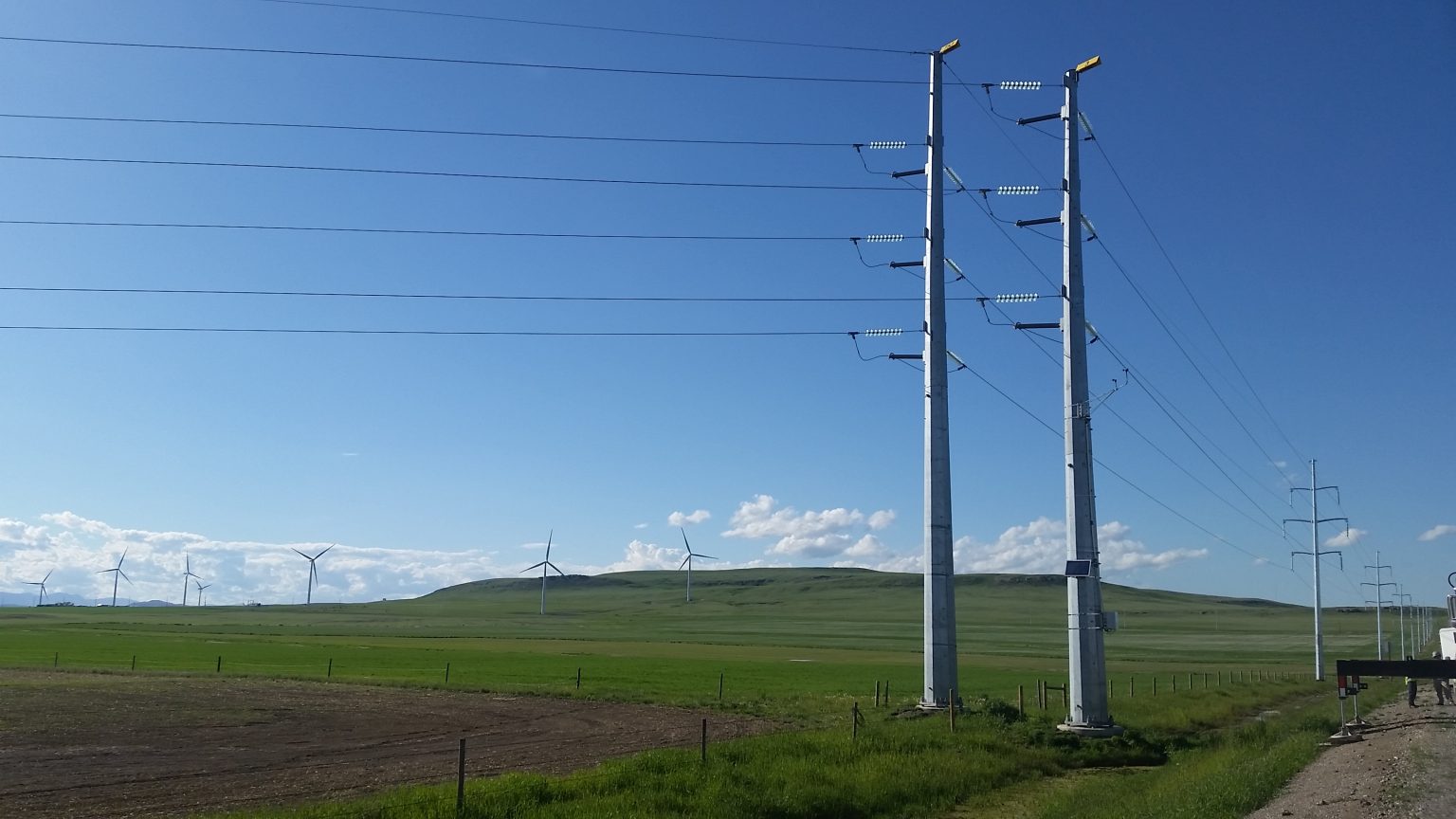Grid Modernization Initiative brings 15 new projects to Idaho lab
IDAHO FALLS — Idaho National Laboratory is slated to lead several projects over the next three years as part of the $220 million Grid Modernization Initiative announced last week by the U.S. Department of Energy.
INL has been designated the lead laboratory on four projects that received DOE funding, and will collaborate with other national laboratories on 11 other projects. Although funding levels are subject to change, the work is expected to amount to roughly $10 million for INL through September 2018.
“I am proud to see INL involved in so many winning proposals for important collaborative projects,” said INL Director Mark Peters. “DOE’s Grid Modernization Initiative is a critical nationwide effort.”
The Grid Modernization Initiative is a strategic portfolio of projects intended to set the United States on a cost-effective path for an integrated, secure, sustainable and reliable electric grid. As described in DOE’s Grid Modernization Multi-Year Program Plan, these projects focus on new concepts, tools, platforms, and technologies to better measure, analyze, predict, and control the grid of the future — one flexible enough to support a competitive national economy and an array of emerging services, while remaining affordable to consumers.
The initiative includes the Grid Modernization Laboratory Consortium, a strategic partnership launched in 2014 between DOE and 14 of its national laboratories. This followed a 2012 White House report that said outages caused by severe weather typically cost the U.S. economy between $18 billion and $33 billion a year from lost output and wages, spoiled inventory, delayed production and disruptions to energy distribution.
Many of the INL projects will involve its Real-Time Power and Energy Lab, said Rob Hovsapian, lead engineer for INL’s Energy Systems & Technologies Division and an author on nine winning proposals. These projects will leverage the lab’s expertise and infrastructure to analyze dynamic and transient aspects of advanced power and energy systems in real time.
Information below highlights the projects that INL will lead.
Smart Reconfiguration of Idaho Falls Power distribution network
The $1 million two-year collaboration with the city of Idaho Falls aims to make the city’s municipal power distribution more robust and dependable. Idaho Falls Power Director Jackie Flowers said the idea of working with INL came after an outage in December 2013 left city residents without electricity for hours in subzero cold. Idaho Falls and INL will work with Schweitzer Engineering Labs, Washington State University and Utah Associated Municipal Power Systems to test smart reconfiguration. INL’s Real-Time Digital Simulator (RTDS) allows engineers to model how the city can spread load evenly during times of high demand. Battery research at the lab will allow the utility to explore ways to store energy from its hydroelectric and wind turbines.
Systems Research Supporting Standards and Interoperability
The project seeks to understand how plug-in electric vehicle charging will affect the grid and how disturbances on the grid could affect PEVs. This project will leverage capabilities of multiple national laboratories to perform “hardware-in-the-loop” studies that integrate communication and control system hardware with simulation and analysis activities. The $3.6 million, three-year project includes Siemens Engineering, Bonneville Power Administration, DTE Energy, Eversource, University of Delaware, California Energy Commission and USDRIVE Grid Interaction Technical Team.
Diagnostic Security Modules for Electric Vehicles to Building Integration
The overall goal of this project is to develop a Diagnostic Security Module framework to protect against cyberattacks that might come through communications systems required for PEV charging and load management. INL will lead a consortium of national labs and private partners including University of Louisiana-Lafayette, ChargePoint, and California Energy Commission. The project will cost about $1.65 million over three years.
Weather Data to Improve Capacity of Existing Power Lines
This $2.35 million project could increase the capacity of existing power lines using modeling and weather station data. In areas where wind plants are being developed, wind blowing on a high-voltage line can cool it enough to safely increase the amount of current it can carry by 10 to 40 percent. INL’s work includes a transmission line planning and routing toolkit and Human Factors R&D to help integrate weather and simulation information into control room operations. Partners include Idaho Power Company, WindSim, Altalink, Alberta Electric System Operator, StormGEO, Stantec and Oregon State University.






